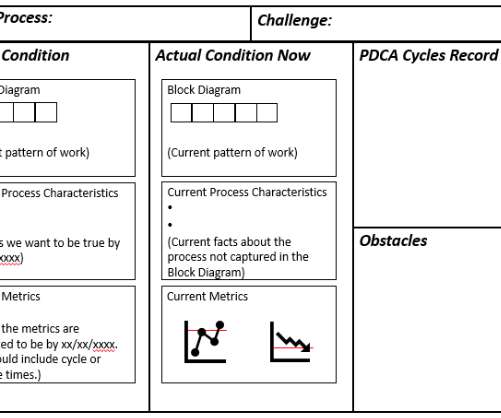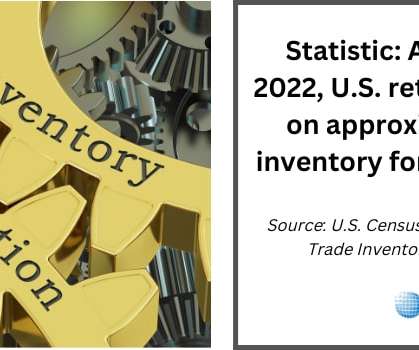Global Logistics Market Analysis: 2022 Summer Edition
MTS Logistics
MAY 27, 2022
The new problems stem from the recent port lockdowns, factory closures in Asia, a slow down in production, and mixed signals on U.S. Of course, we may still experience more factories in Asia not operating at 100 percent capacity, further trucking shortages, port issues, etc. consumer demand despite increasing inflation.




























Let's personalize your content